Most laurel trees are poisonous, and only a few species of laurels are edible, but they make a good shrub or a privacy hedge because of their beauty and act as a low wind barrier. Are you wondering which type of laurel tree suits your yard and how tall laurels may grow? You have come to the right post as we have researched these questions for you.
Some laurel trees can grow up to 150 feet tall if planted outdoors. Some can grow in a container and make a beautiful bonsai. Height depends on the type of tree and how often you trim it. There are a lot of varieties of laurel trees to choose from, and some laurels are perfect as a shrub or a privacy hedge.
Are you searching for more information about laurel trees? Are you thinking about which type of laurel tree you should plant? Read through this post for the answers you may need.
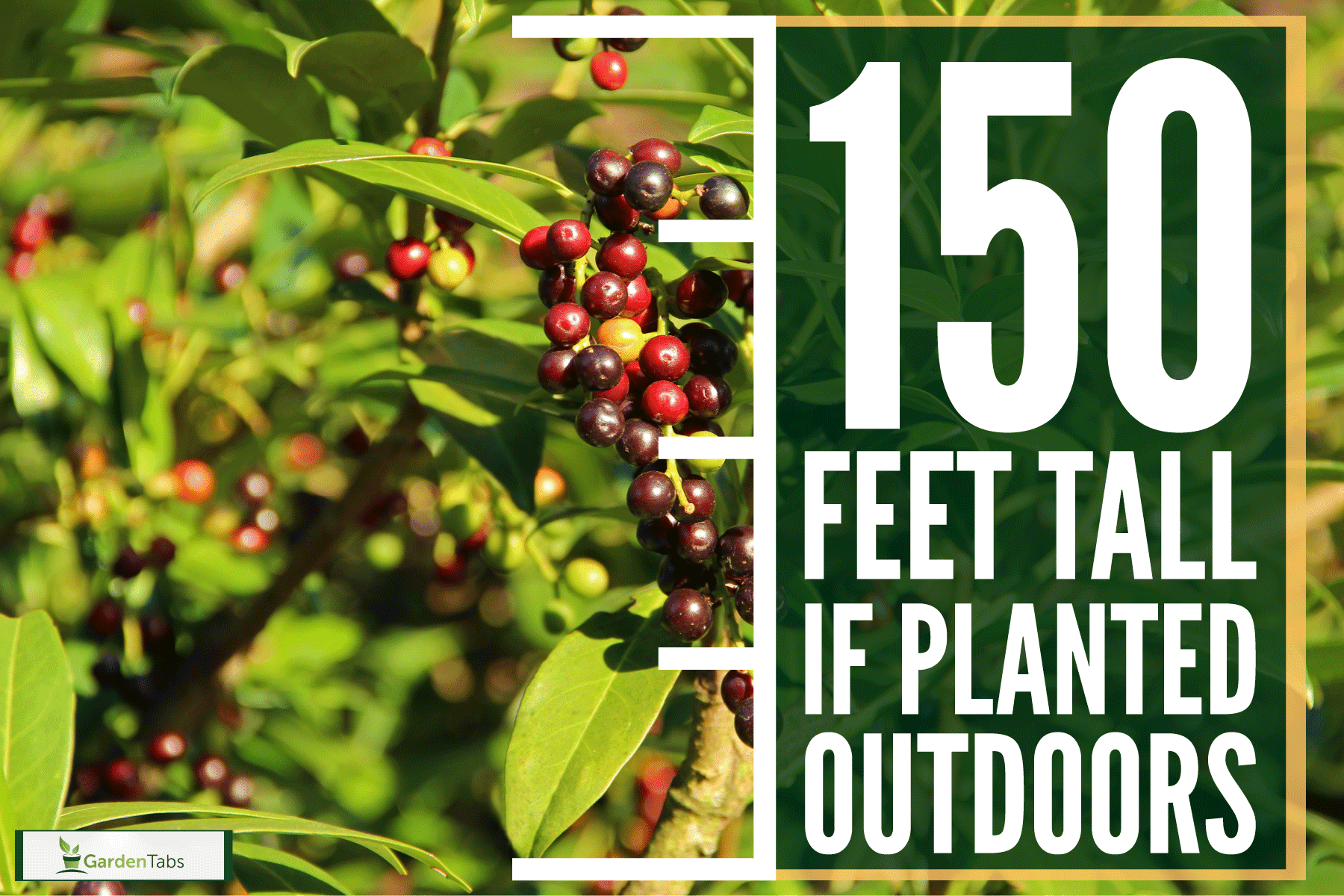
What Are The Types Of Laurel Trees And How Much Do They Grow?
The laurel is unique tree species because not all trees with laurel in the name belong to the same family. Aside from some species like bay laurel, which is used in cooking, most laurel trees are toxic to humans and animals.
There are approximately 91 genera of laurel trees, 7 families and 2,900 species in each genus. Listed below are some of the laurel trees:
Cherry Laurel
Cherry laurel is poisonous to humans and animals. This type of laurel tree can reach up to 20 feet tall. Cherry laurel is best as a shade tree, shrub, or privacy hedge.
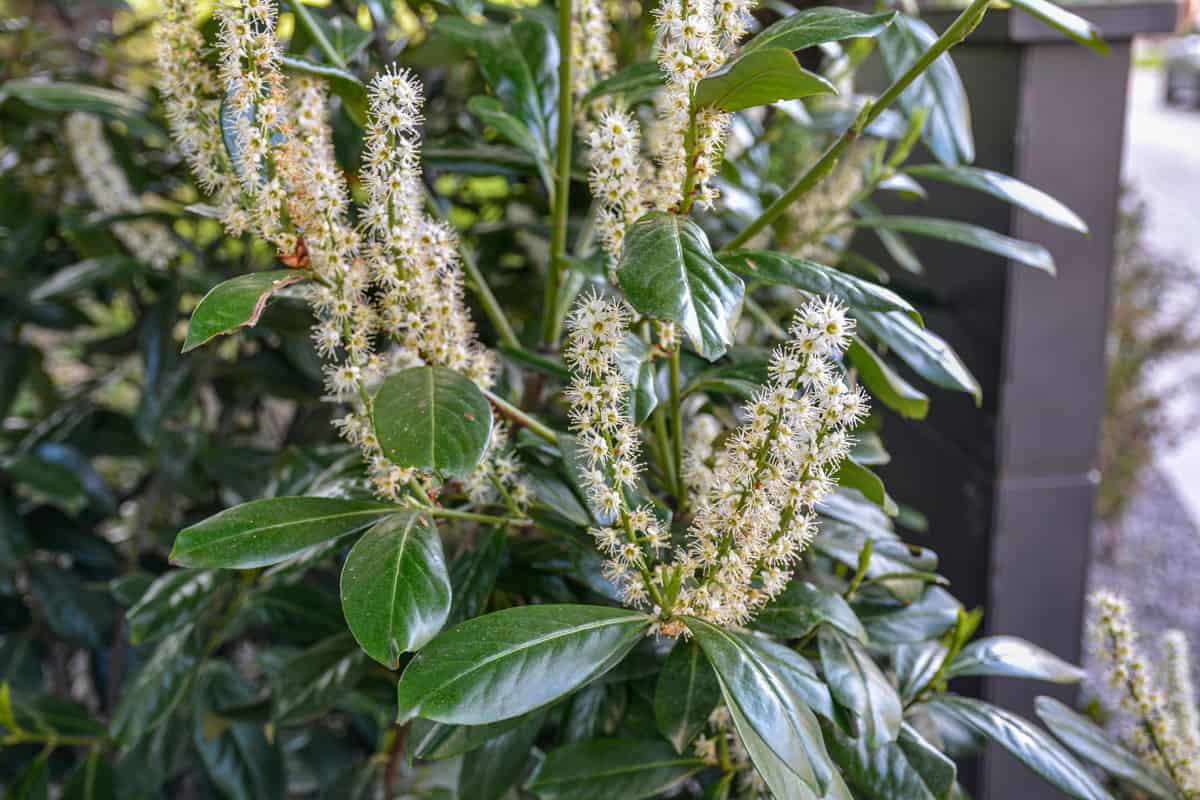
Azores Laurel
The Azores is a native tree from Portugal. This tree has a beautiful nest of yellow flowers and can reach up to 49 feet if it grows in perfect condition.
Bay Laurel
Bay laurel looks similar to the Azores because of its nest of yellow flowers. The bay leaves are common ingredients in cooking. This tree can grow up to 60 feet high.
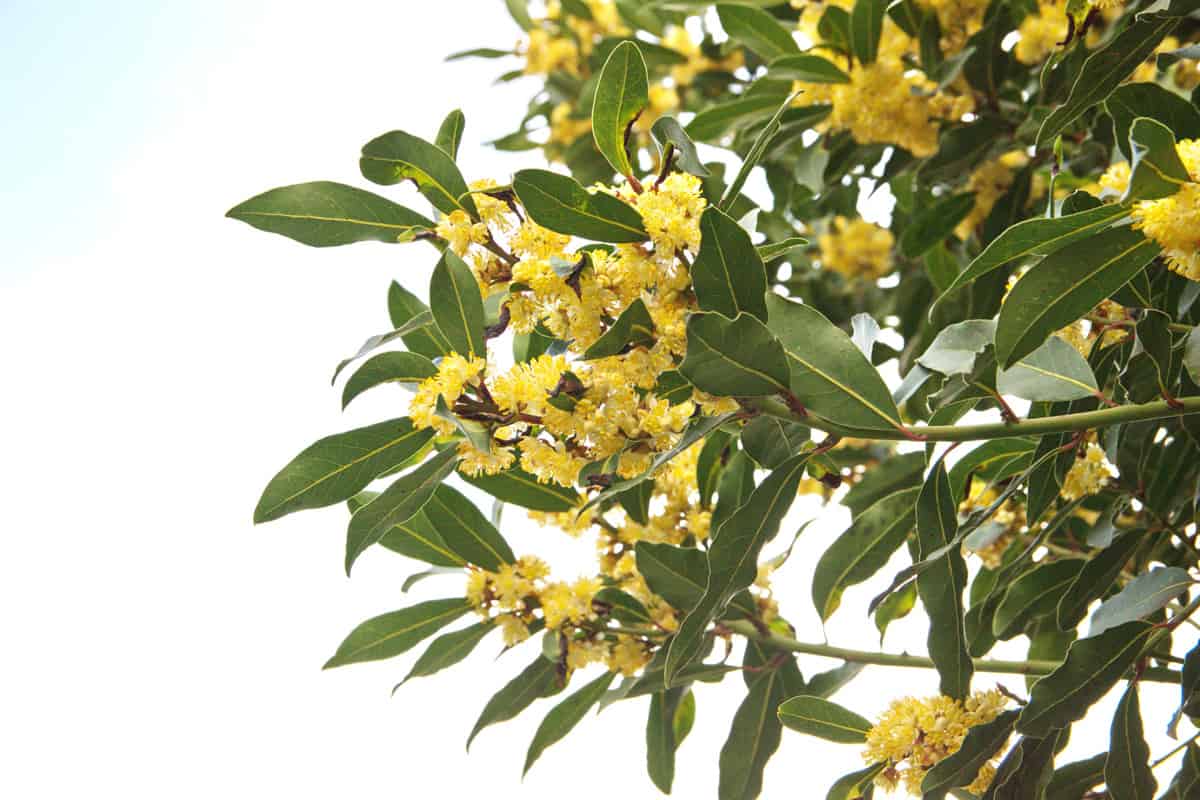
California Bay Laurel
California bay laurel is also known as pepperwood because of the peppery scent the leaves emit when crushed. This tree is related to bay laurel and is used as a seasoning in food. California bay laurel can be grown as a shrub or as tall as 100 feet.
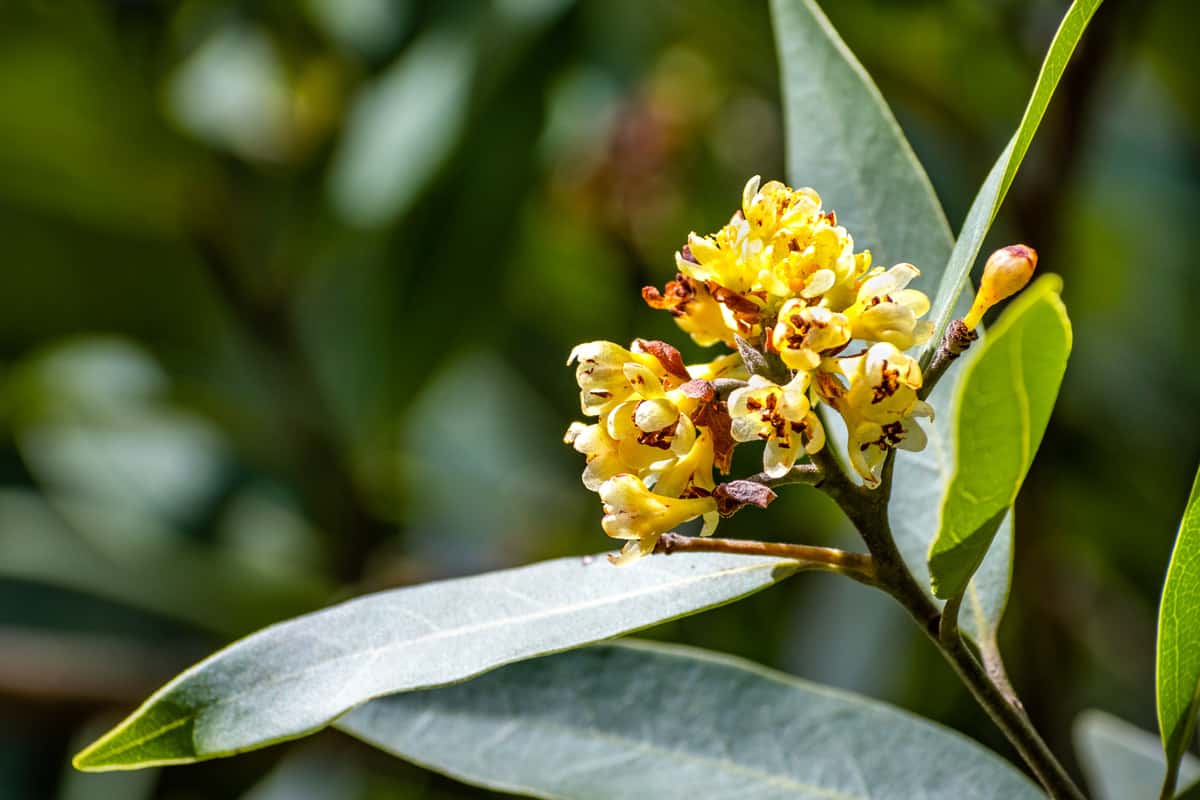
Camphor Tree
Camphor trees can grow up to 150 feet in regions of Asia but are smaller in other areas. The oil from the camphor tree is used in cream and ointments for medical purposes.

Japanese Laurel
Japanese laurel leaves have yellow spots. The colors of its flowers vary from red to purple, and its berries are bright red. Japanese laurel can grow up to 10 feet.
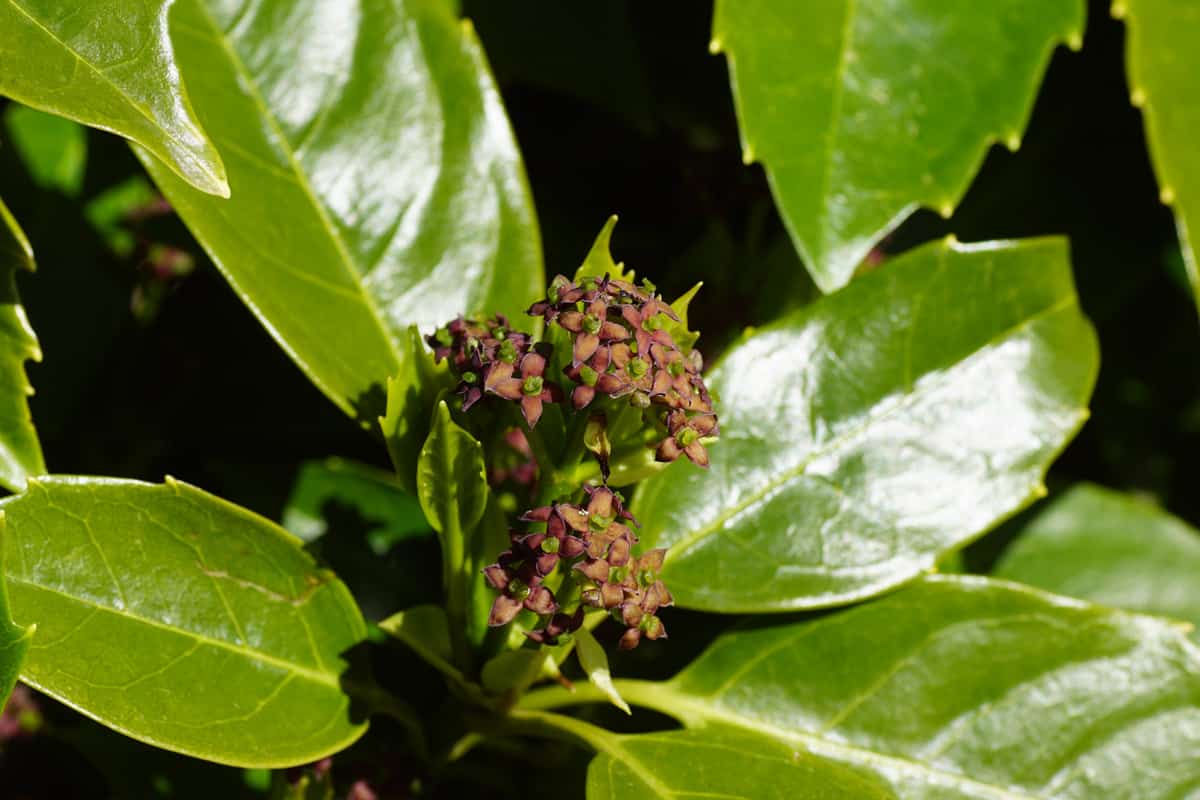
Portuguese Laurel
Portuguese laurel can be as short as 3 feet or as tall as 15 to 20 feet. This laurel can grow as much as 25 feet tall if kept in good condition.
A Portugal laurel hedge only needs one trim per year. You can shape it to any height and keep it in a container. This type of tree grows 20 inches per year.
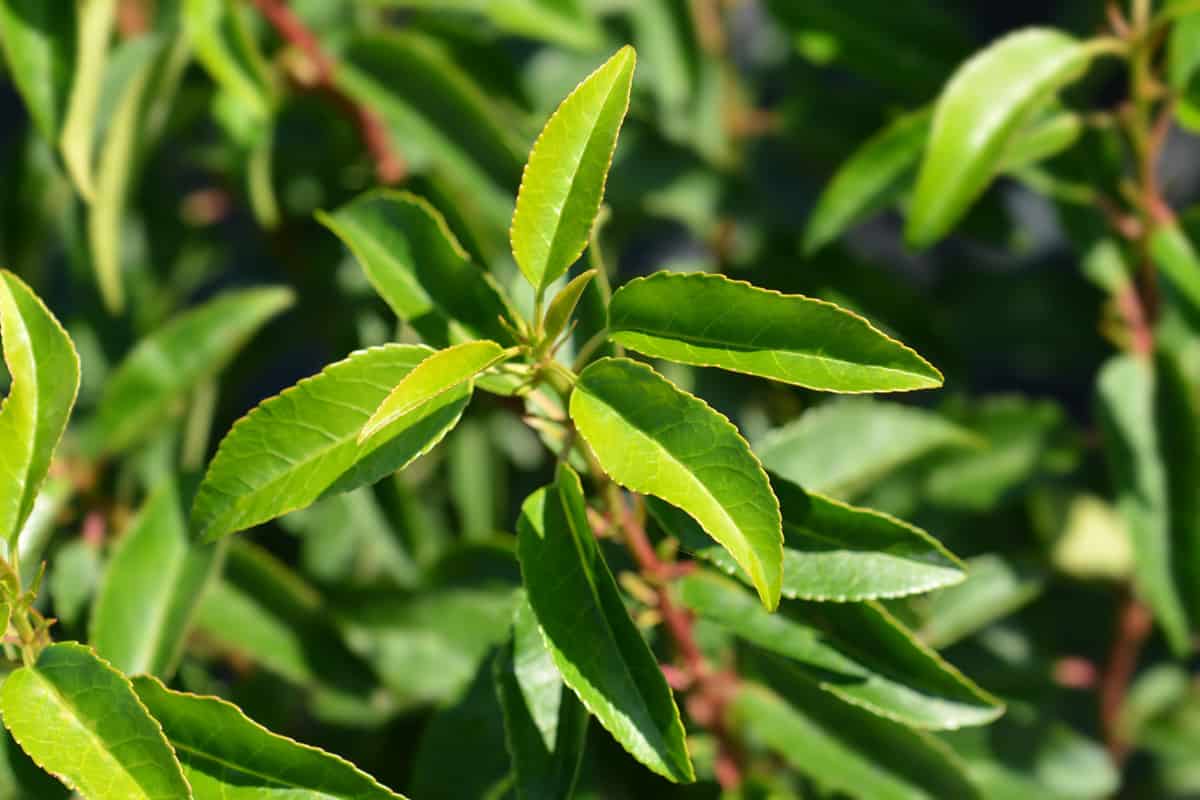
Spurge Laurel
Spurge laurel has yellow-green flowers and a musty smell. The flowers of this tree are beneath the oval leaves. Spurge laurel can grow up to 5 feet tall.
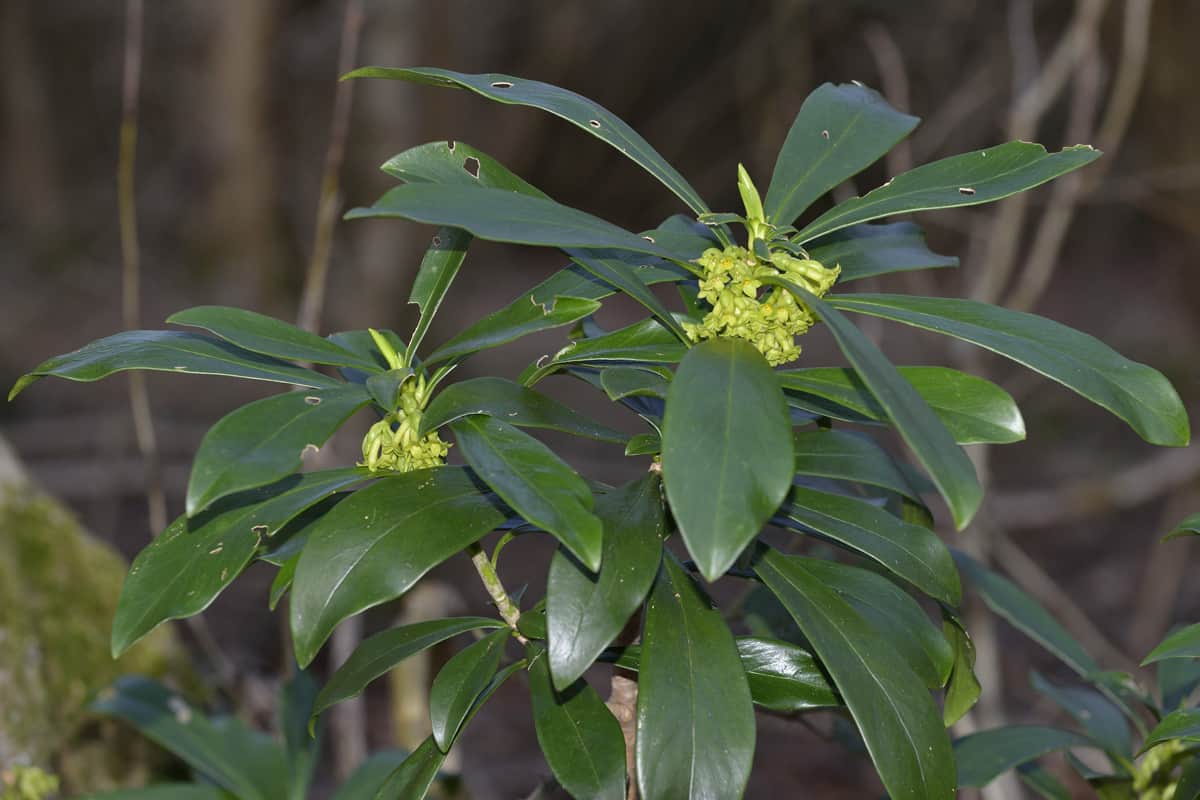
Karaka
The karaka tree is from New Zealand. It usually grows near the coastal area but can also be found in areas away from water.
It has green leaves that are typical of laurel trees and edible fruits. Though the berries from the karaka tree are edible, the kernels inside the fruit have a highly poisonous toxin alkaloid.
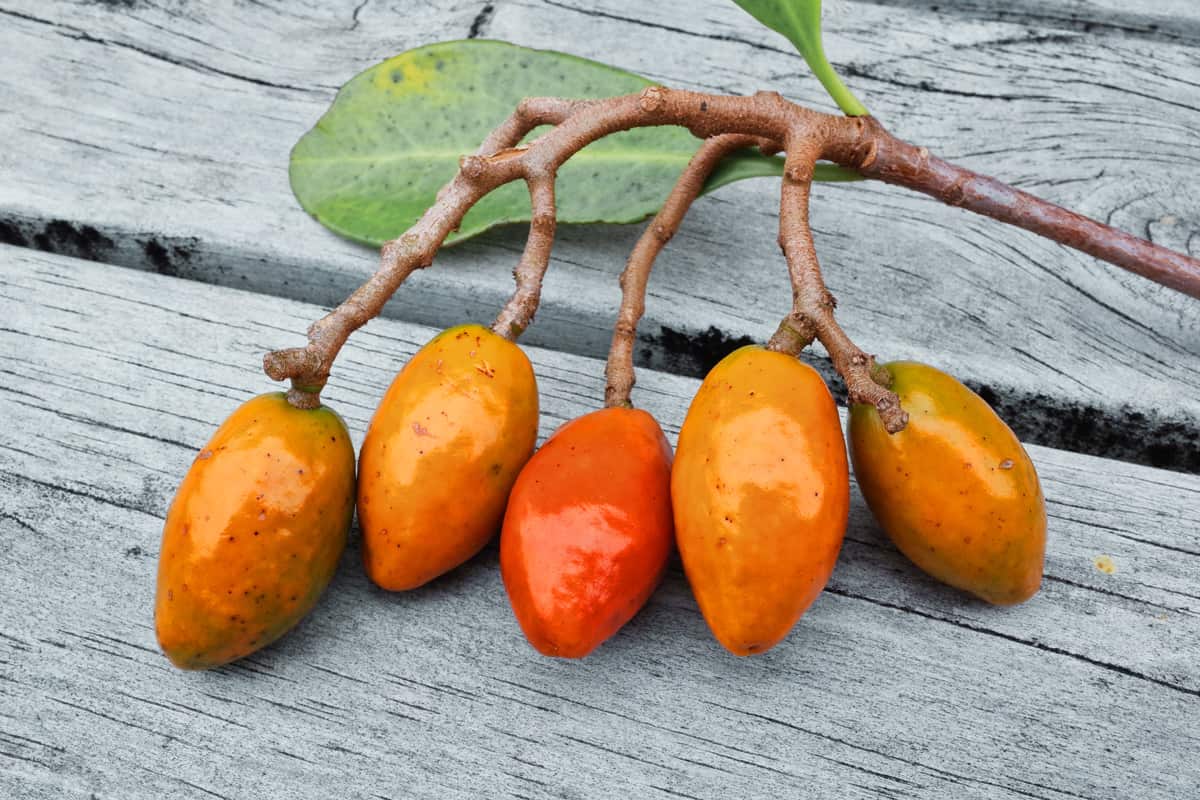
Laurel Sumac
Laurel sumac trees grow in the United States and Mexico. This type of tree can't live in colder regions. It grows up to 16 feet tall.
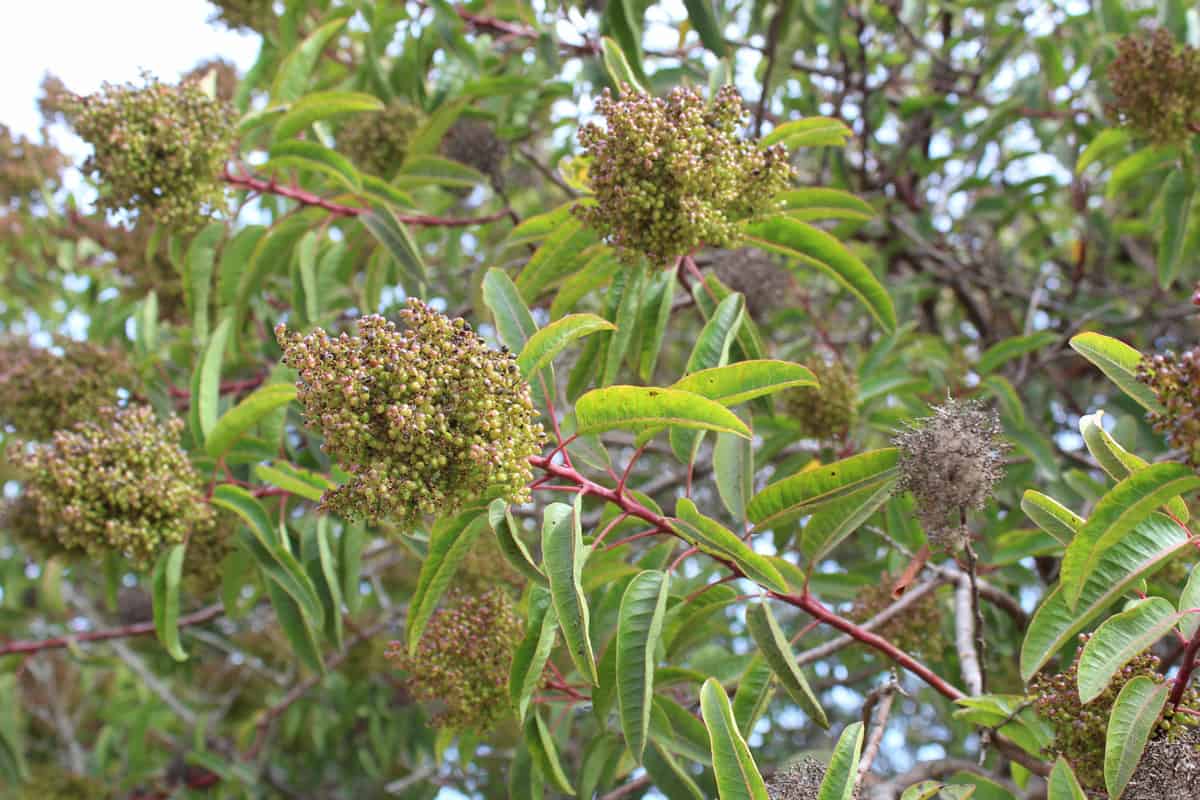
Mastwood Tree
The mastwood tree or calophyllum Inophyllum is native to Malaysia, Southern India, Eastern Africa, and Australia. This tree can grow as high as 50 feet tall or as short as 2 feet. Mastwood trees have white flowers and a pleasant smell.
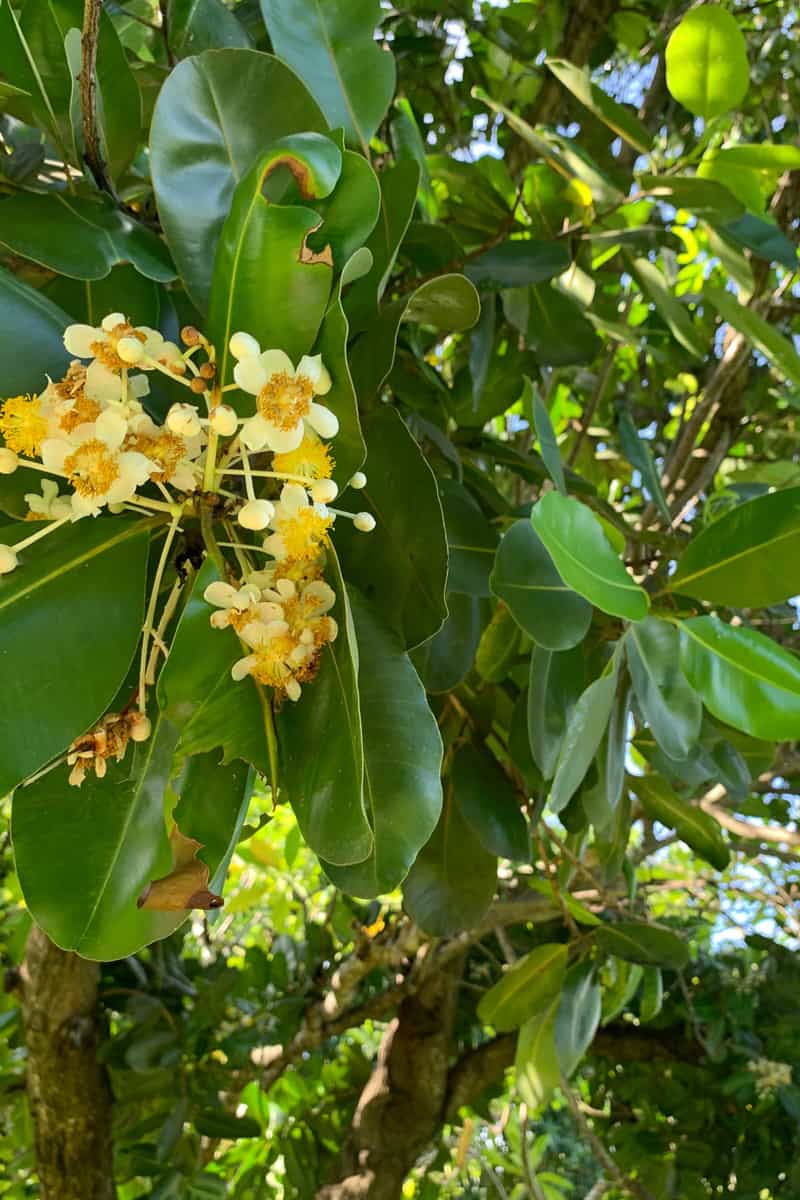
Mirror Bush
The mirror bush or coprosma is a popular hedge in suburban areas because it can adapt to almost any climate, and it grows fast. The smaller variety of the mirror bush can grow as short as 3 feet or as high as 10 feet tall.
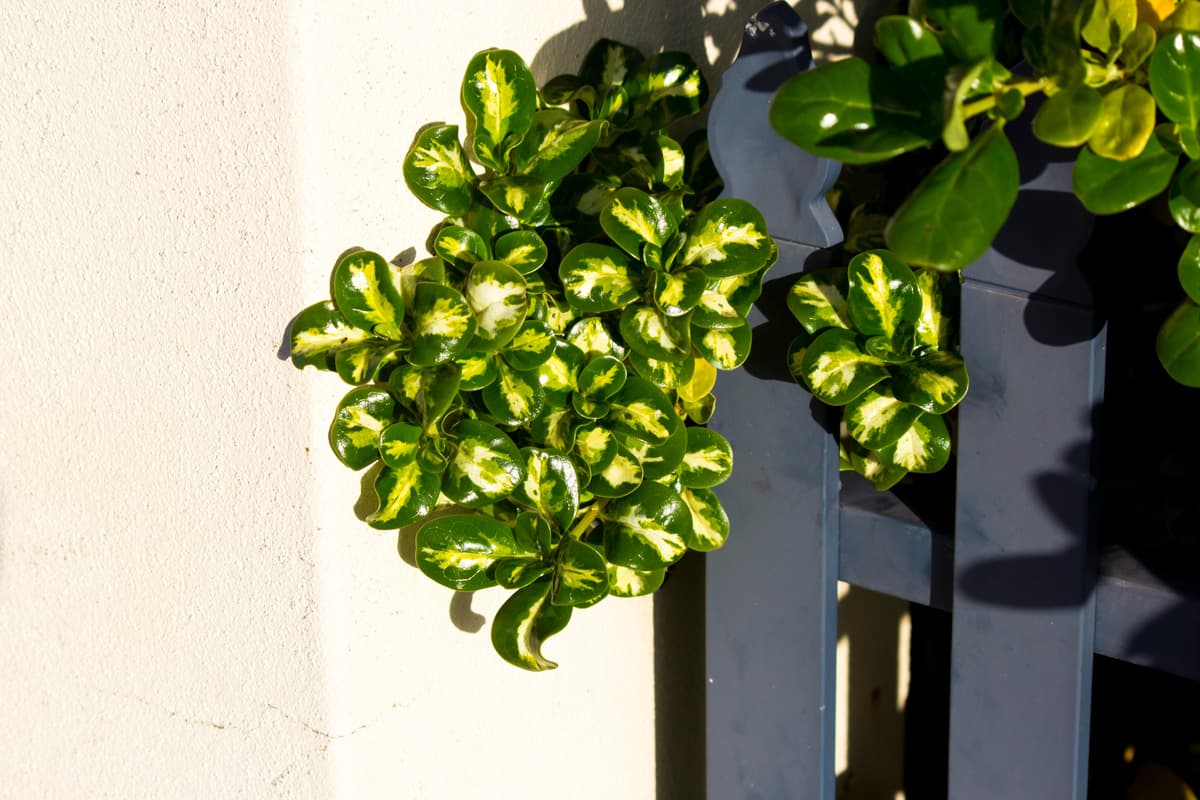
Texas Mountain Laurel
Texas mountain laurel can grow as a shrub or a privacy hedge. This type of tree is native to central Texas, New Mexico, and central Mexico.
Texas mountain laurel trees can grow up to 30 feet high if planted in wet regions, but most types of these trees are shorter because they usually grow in dry areas.
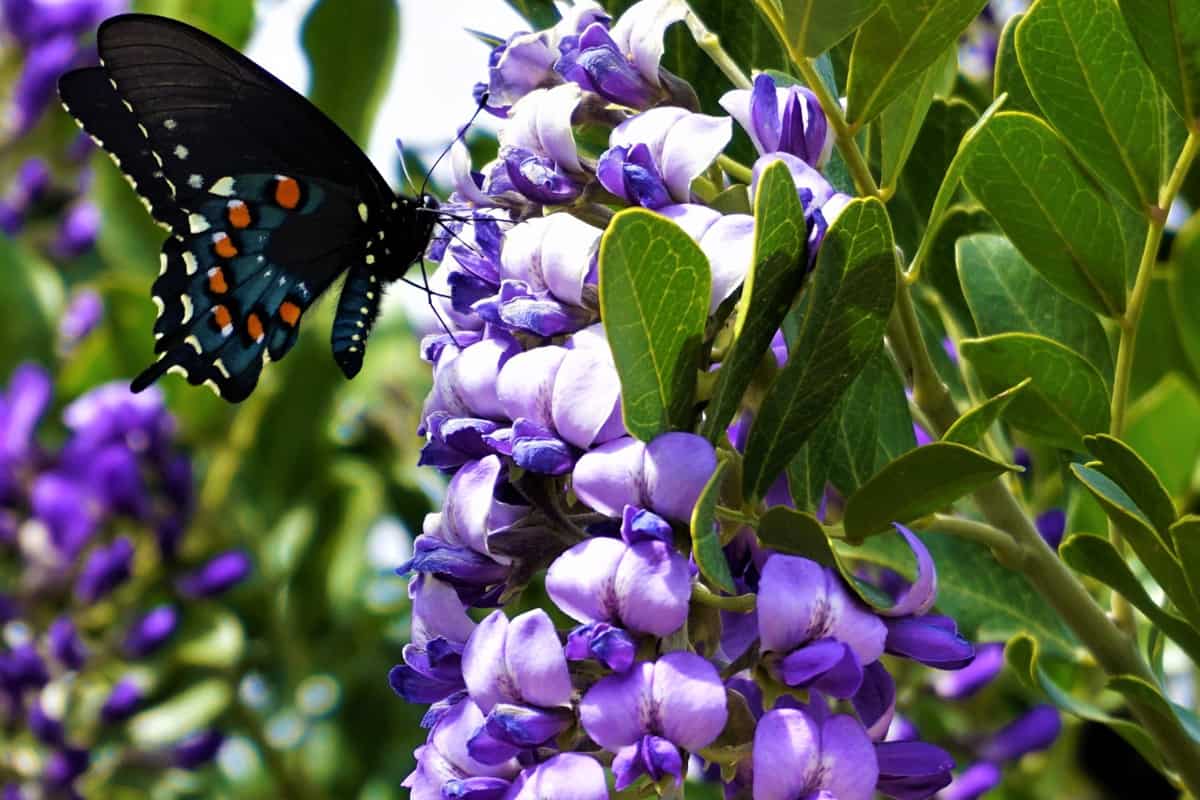
Chinese Laurel
The Chinese laurel can grow up to 26 feet tall or even higher. The fruit is edible and is used in making wine, jam, tea, and jelly. Its flowers have a strong, unpleasant fragrance.
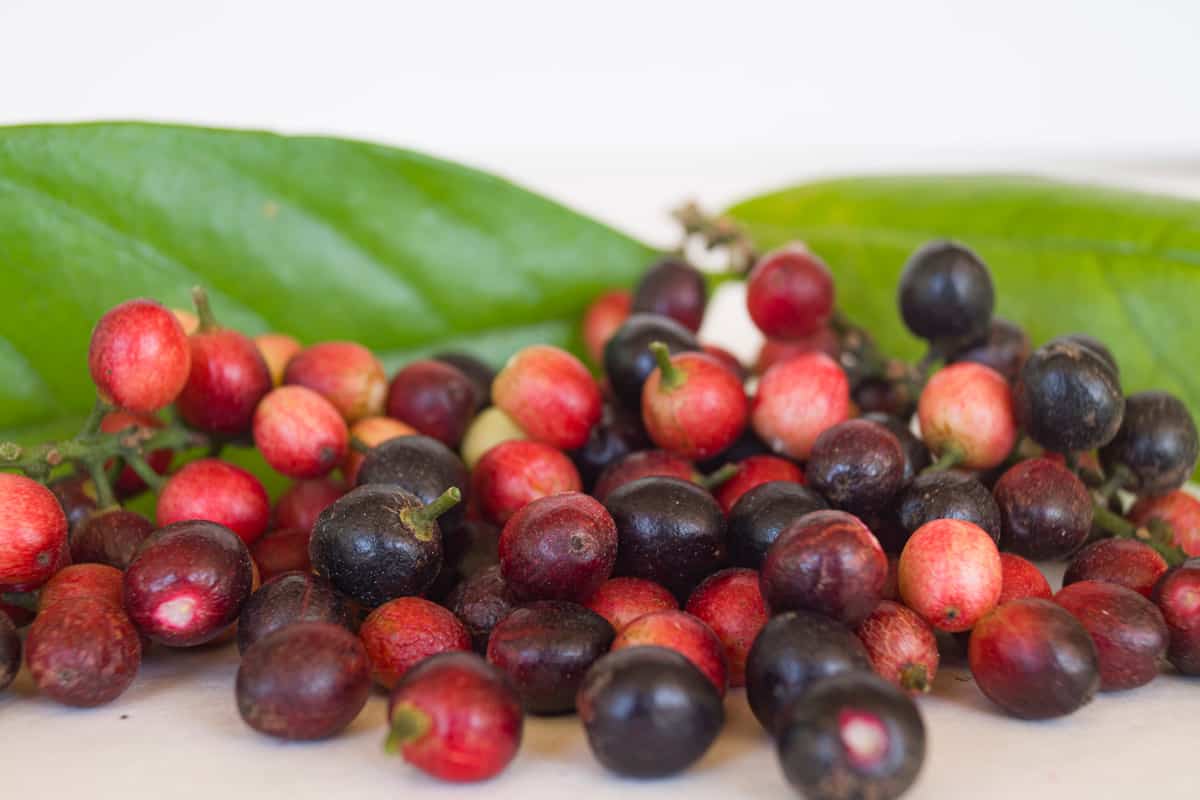
Chinese Banyan
The Chinese banyan tree is commonly planted as bonsai, but it can grow up to 40 feet if planted outdoors and in the wild. The aerial roots crawl from its branches, then trail down to the ground and become trunks.
After that, they expand from the base and will become invasive, crawling underground. Because of that, the roots can become a terrible problem for pipes, water lines, sewers, and pavements.
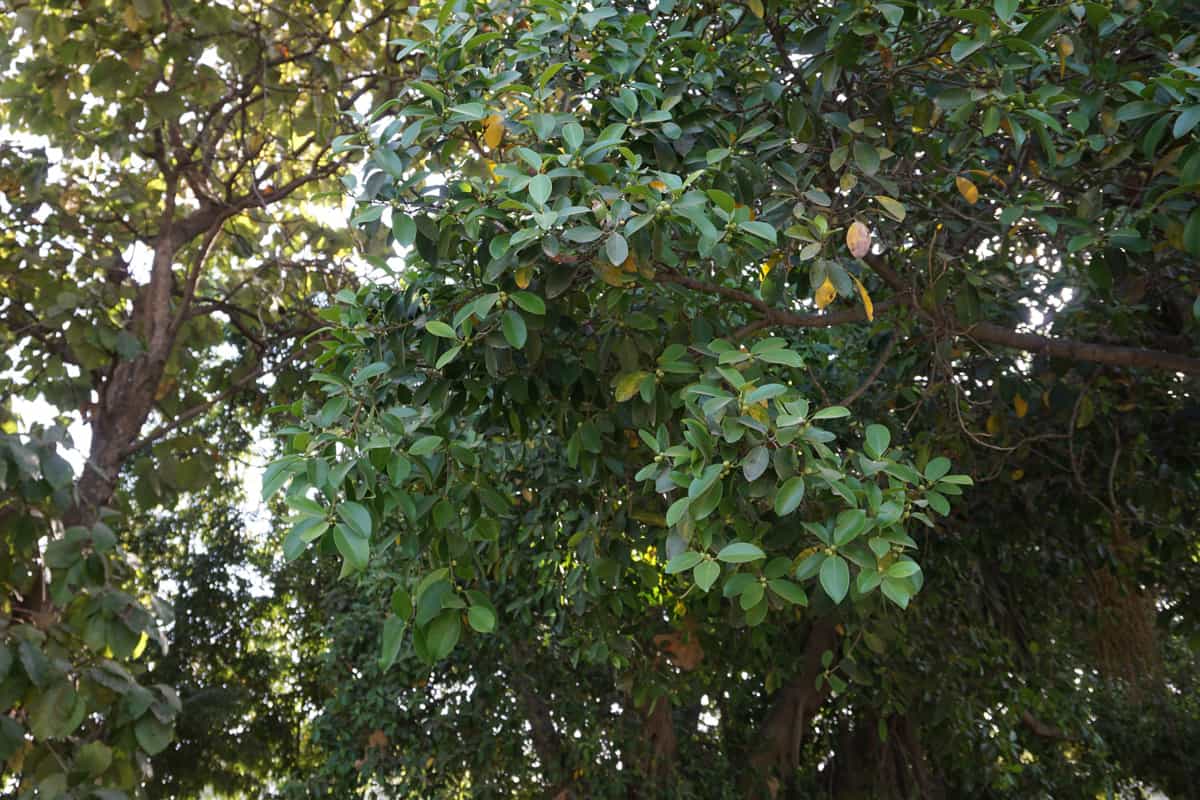
Canarian Laurel
Canarian laurel trees grow on Canary Island, located just west of Morocco. This tree can adapt to any climate but prefers subtropical and can grow up to 82 feet tall.
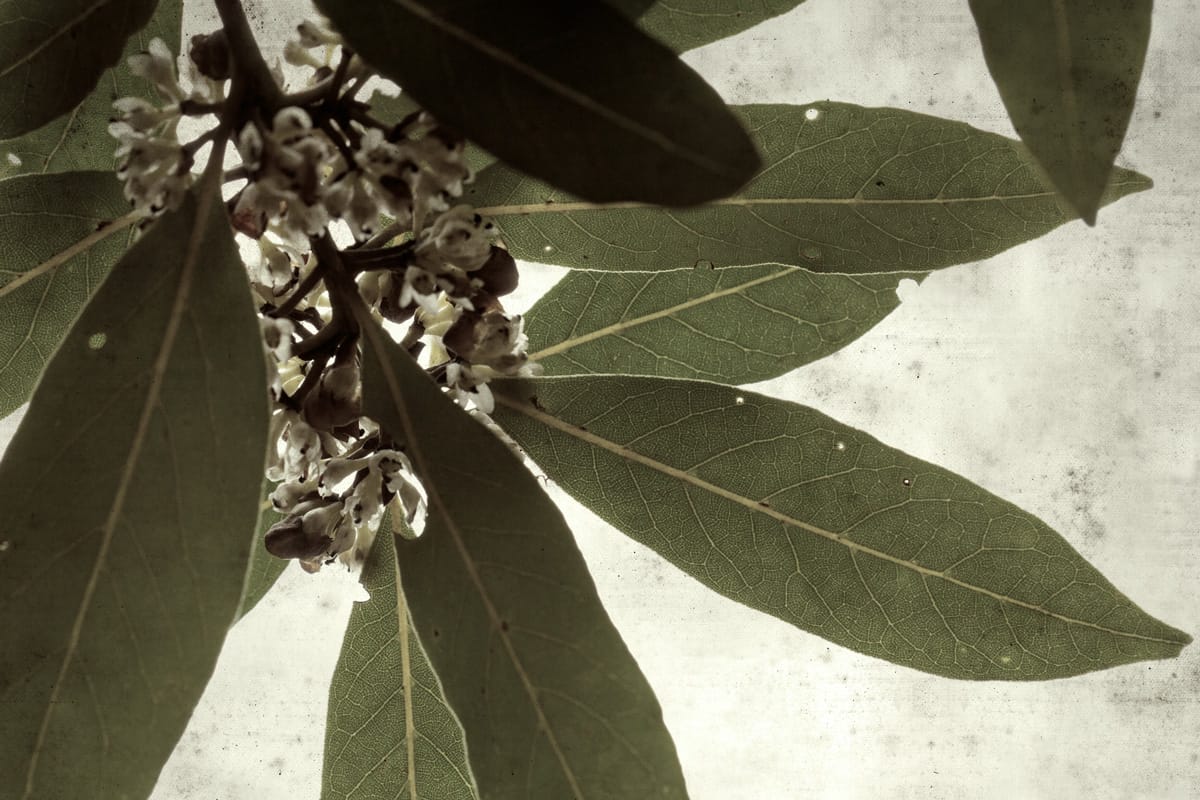
Spoonwood Or Calico Flower
Kalmia latifolia, known as the spoonwood, grows in the eastern state of America. Typically grows up from 15 feet to 30 feet tall. This plant is poisonous to humans and animals.
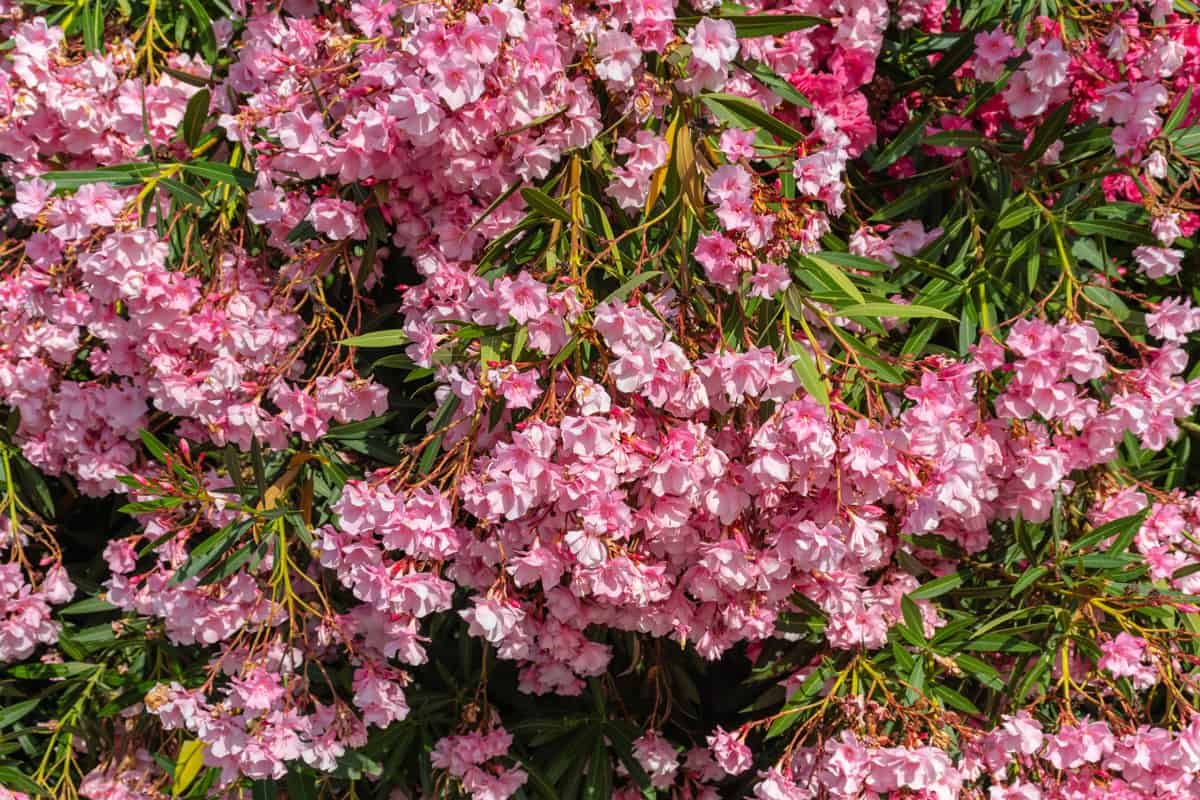
Are All Laurel Trees Poisonous?
As mentioned above, aside from laurus nobilis, most laurel trees are poisonous to humans and animals. Laurel produces hydrocyanic acid which can lead to serious complications once ingested.
Trees with the "laurel" name do not mean they share the same family with the true laurel and could be poisonous.
When To Plant Laurel Hedge?
Laurel can be planted in a container in any season while root-balled plants are best planted from November to March. If you plant a laurel during the growing season from March to October, it will need more water than those planted in other months.
How To Make Laurel Grow Faster?
Not all laurels grow at the same speed. Bay laurels are slow-paced while common laurels grow faster than the other laurels. Listed below are some tips to grow your laurel faster.
- Choose the right soil to grow your new laurel. You can test the soil using a test kit to check what nutrients it needs.
Click here to check Soil Test Kit on Amazon.
- After testing and figuring out the nutrients needed, use the proper fertilizer. You may check this post "Fertilizers For Clay Soil" to learn more about fertilizers.
- Fertilize your plant during spring. Once a year of fertilizing is sufficient for laurel.
- Laurels love water. They can drink up to 1.5 liters of water a day and can take more during spring and summer.
- Remove weeds. Weeds steal nutrients from the plant, which is one of the reasons it does not grow much.
- Trim your plants. Remove the dead leaves and branches.
Best Laurel For Hedging
Listed below are the most common laurels used in hedging:
Common Laurel, Cherry Laurel, or English Laurel
All types of common laurels grow quickly in full sun or even in shade, and any kind of soil will work as long as it is not shallow or waterlogged.
Portuguese Laurel
There are several types of Portuguese laurel, and all varieties grow in free-draining soil.
Bay Laurel
The bay laurel is edible and used as an ingredient in cooking. This plant can be kept in a container or planted outdoors.
Summing Up
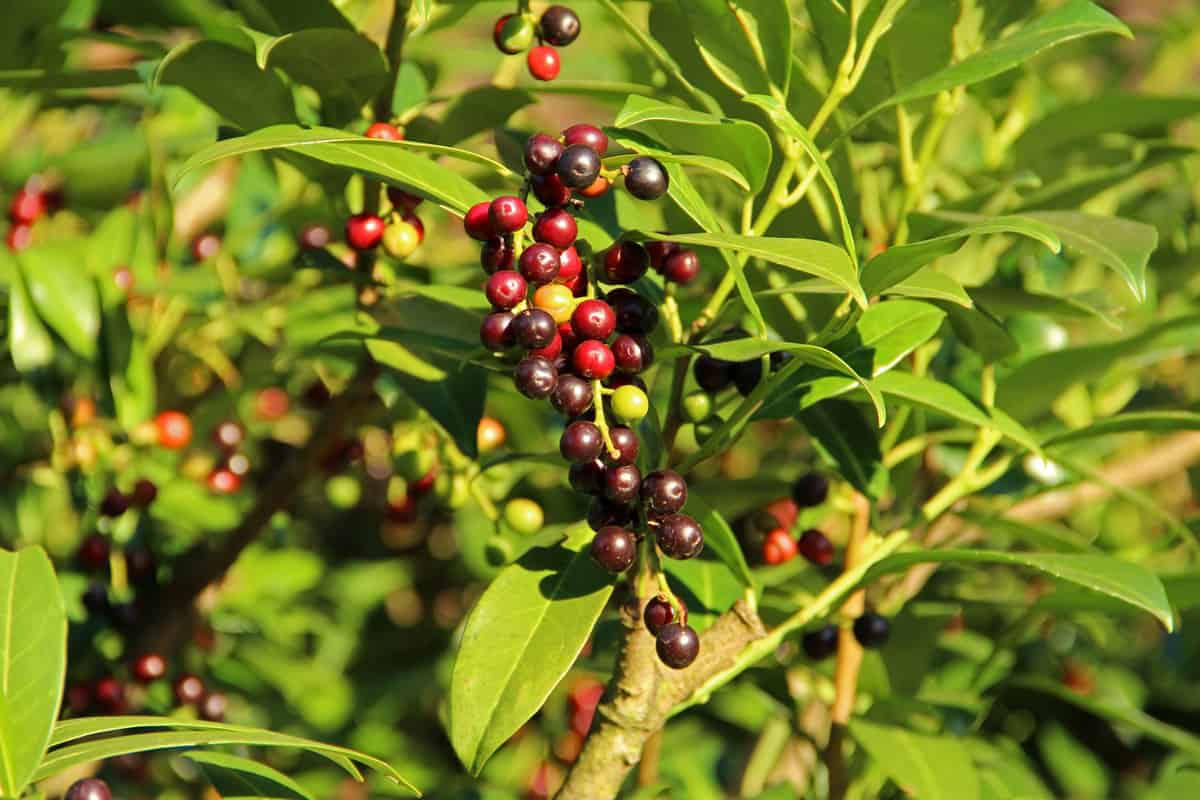
Most laurel hedges are toxic to humans and animals. You need to take extra precautions if you plan to have laurels in your yard. To ensure the safety of your pets and kids, keep the hedges out of reach.
To learn more about hedges and gardening, you may read these posts:

